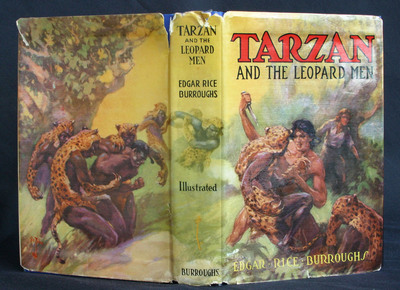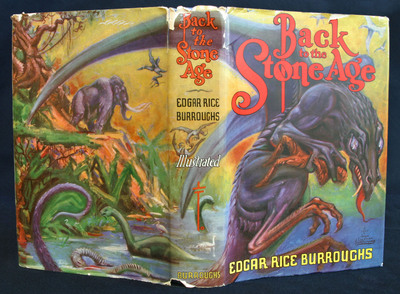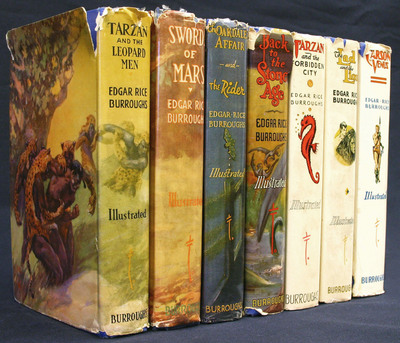With literacy rates at their highest point in human history and the cost of printed material at its lowest, late-19th century publishers had access to a vast market of potential readers possessing both the ability and the means to consume their product. Unfortunately, much of the traditional literature was not attractive to this new audience. Some publishers saw an opportunity in this disconnect and began searching for ways to reach this untapped market.
In 1896, Frank Munsey began publishing Argosy Magazine, a monthly serial featuring sensational stories of sex, crime, and adventure. Munsey purchased stories inexpensively from unknown writers, printed on cheap pulp paper, and ignored conventional standards like covers and illustrations, thereby offering his product for a much lower price than his competitors. By 1905, Argosy’s entertaining stories and low cost had drawn in a loyal base of more than 500,000 monthly readers.1 Munsey’s success inspired the creation of other "pulp magazines" and soon there were dozens of writers churning out work for the pulps. Among these aspiring writers was Edgar Rice Burroughs, a Chicagoan who had spent his early years irregularly employed as a wage laborer. In 1911, Burroughs became fascinated by pulp fiction and began to write his own. In 1912 he sold his first story, "Under the Moons of Mars," to All-Story Magazine where it was serialized and quickly became a favorite of the magazine's audience. Encouraged by his success, Burroughs continued writing and published Tarzan of the Apes later that year to much popular acclaim.
Burroughs continued to write for the pulp magazine industry for another decade. He realized, however, that financial success lay in novels rather than magazines. He incorporated in 1923 and was publishing his own books by 1931. In 1937 Edgar Burroughs’ son, Jack Burroughs, began illustrating his father’s works in the bright, lurid style that has since come to represent the pulp genre. Though Burroughs focused primarily on his bestselling series—Tarzan and John Carter of Mars—he also published mysteries, westerns, and even historical fiction.2 By his death in 1950, he had produced more than sixty novels, provided the material inspiration for several films, comic series, and radio shows, and become the best known author within the genre.
Beginning in the mid-1950s, American pulp fiction gave way to the more garish men’s adventure genre. Men’s adventure was an extension of pulp fiction, taking the sex and violence of the pulps to new extremes and marketing them directly to adult males. This genre peaked in the late 1950s and had all but disappeared by the 1970s, taking with it the last of the traditional pulp style of Burroughs and his contemporaries.
Notes
- Britt, George. Forty Years—Forty Millions: The Career of Frank A. Munsey (New York, NY: Farrar & Rinehart, 1935). Return to text ↑
- Holstmark, Erling. Tarzan and Tradition: Classical Myth in Popular Literature (Westport, CT: Greenwood Press, 1981). Return to text ↑

Tarzan and the Leopard Men. 1935. More images here

Swords of Mars. 1936. More images here

Back to the Stone Age. 1937. More images here

Seven first edition novels by pulp fiction pioneer Edgar Rice Burroughs. More images here
